How Old is My Golf Club, and Who Made It?
When you come across an old golf club, you ask yourself two questions: How old is it? Then, if it’s not clear from the markings, who made it? Dating golf clubs and figuring out who made them is tough when they’re a century old!
If you are a classic club collector, there is a ton of information available to answer those questions. The golf club industry had also changed during this time, and the makers are very easy to discern.
If you are a hickory golf club collector, determining the age and maker can be a tougher task. I spent more time trying to find information on the club than I did restoring it to playable condition. This post won’t give you the specific years and makers, but it will help you with the process of figuring it out.
Golf Club Manufacturing: A Historical Glance
I am a history junkie, and I love learning how things evolved into their current state. For me, golf gear is no exception. Please forgive the short rabbit hole upon which we are entering.
Golf history can be defined by the type of golf ball that was played. There are four major eras; featherie, gutty, Haskell/wound, and current.
For a majority of golf’s history, we’ll say from golf’s start to 1900/1905, clubs were made individually by the club professional and sold to members directly. The club would be marked with a maker’s mark, or cleek mark, and the member would play these until they quit playing the game, or it broke beyond repair. Slowly, clubmakers became their own entity, and the small-business makers would pave the way to the next transition.
Spalding and MacGregor changed the game when they brought mass production to golf clubs, and they began selling them in a retail space. But, even when retail became an option, the primary source was still your club professional. Manufacturers would produce the golf clubs, sell them to the pros, the pro would then finish and assemble the sets, and sell them to members.
It is tough to put exact years on this phase, because well into the steel-shafted era, or classic club era, small clubmakers and sporting goods retailers would purchase clubs from Wilson, MacGregor, and Spalding, put their stamp on it, and sell it in their store as their own line. So yes, there’s a reason your irons from your regional sporting goods store look just like your set of Wilsons.
However, there are collections of catalogs for classic era clubs, such as the Jim Kaplan guides. The Kaplan guides are compiled catalogs of the bigger manufacturers and include, Wilson, MacGregor, Hillerich & Bradsby (Louisville Golf), and Spalding. These are very coveted, and I will tell you, if you are in possession of one or more of these guides, you hold tremendous power.
The type of power which beckons a responsibility to disseminate the information you possess.
Dating Golf Clubs: The Confusion with Hickories
Dating golf clubs form the Hickory era can be more confusing, simply because you need to combine several sources of knowledge.
A hickory club could be a MacGregor Go-Sum with a ten year window of production, or it could be a club purchased by a club pro, then stamped with their club’s name and location. It could also be stamped with the pro’s initials, or if you’re lucky, their entire name.
This is when multiple sources of information come in. If I know the pro’s name and golf course, then I can research when the pro was at that course and come up with a decent time frame. Then I look at the cleek mark, and refer to one of my cleek mark guides to see who made the club. Most cleek marks changed over time, became more refined or changed completely, so you can get a good idea based on that mark. I will provide some helpful resources at the end.
Unlike today when there is a new line of clubs introduced every year or two, hickory era club lines would run for several years, especially if they were popular.
That’s Great, But How is this Helpful?
Let’s go through the process with one of my clubs. I found this putter within a month of starting my collection. It looked super cool, but it had a fairly modern grip on it and there was an obvious piece missing. Overall, the price was right, so I bought it.
I get it home and start my process by finding any type of stamp. Finally, I find a name on the bottom, Ed Dudley. Faintly under his name, I find Model 3. Ok, now I have a name and a model.
So, who is Ed Dudley? Funny you should ask, he was the first club pro at this little course called Augusta National. A quick Google search led me to this information, and I was able to find the dates of the playing career along with his overall professional career. Remember, in the early days of the Tour you had to be affiliated with a club. So your day job was club pro, your side gig was a touring pro. Even when the Tour relaxed the affiliation clause, most pros maintained positions at courses for the income.
Now I know the approximate time frame that Mr. Dudley would have been working on golf clubs. Now I need to look at the other characteristics. It’s aluminum, with a hickory shaft, and a leather wrapped grip. You may think aluminum would make it newer, however aluminum clubs came on the scene in the 1890s. Refer to my Mills Ray post to learn more!
Further digging is required. Some golfers preferred the feel of a hickory shaft putter, so it is not uncommon to find one made post-1935. This leather wrap is also throwing me, because it doesn’t look like the typical wraps from pre-1935 hickories.
I keep digging for information, and nothing is coming up. In fact, three years later I have still only seen one other picture of this putter. I flip threw my books one more time just to see if I missed something, but I am at a loss. So I turn to the final destination of all golf club questions…Facebook.
I throw out a post in a group, and ask for help. The collective knowledge of these groups are imperative to collecting and have helped me a ton with dating golf clubs among many other things. The most helpful comment came from Tad Moore, and he estimated that it was definitely made post-1935.
Even though my digging didn’t come up with a great date, it did uncover information to reasonably estimate this to have been made somewhere between 1935 and 1950. Don’t forget about the major event that happened right in the middle of this time frame. You know…World War II?
What Resources Do I Need for Dating Golf Clubs?
Well, I am glad you asked. It depends on what you collect, if you are like me and have moved to primarily collecting hickories, I would buy every book Pete Georgiady has ever written. I have exchanged emails with him, and his knowledge is tremendous.
The two books from Pete Georgiady I reference the most are, North American Club Makers and Collecting Antique Golf Clubs. The latter is a great introduction to characteristics of clubs throughout the different eras and should be in every beginners library. The book I have not yet purchased is Cleek Marks and Trademarks on Antique Golf Clubs, but I will be getting a copy of his newest edition within the month.
Final Thoughts – Dating Golf Clubs
This information will give you the tools necessary for identifying and dating golf clubs within a reasonable time frame. The internet is a powerful tool, so use it to fill in the gaps when you need, and if you find your Ed Dudley and all else fails…throw it out there to collector groups on Facebook. These groups have a tremendous collective knowledge, and I have made great connections through them which go beyond collecting. Heck, that’s how I connected with THEE Driving Range Hero!
I hope this helps get you started in becoming an expert so you can answer all my questions! Join me next time as we continue down the journey of vintage and antique golf club collecting!

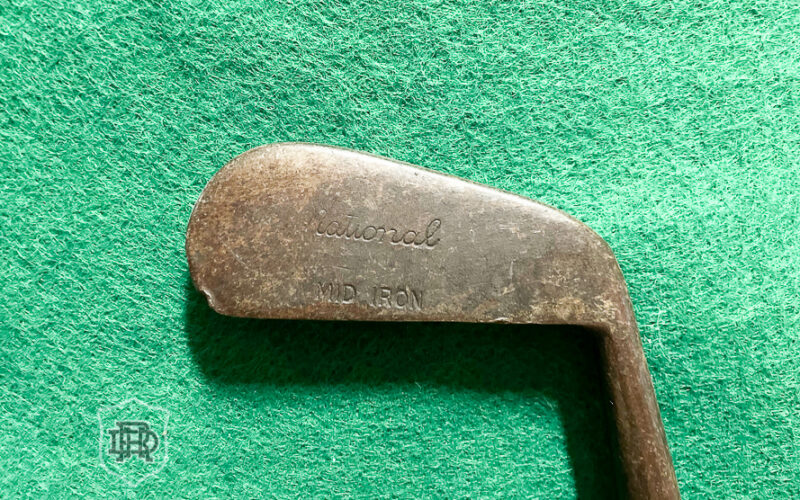
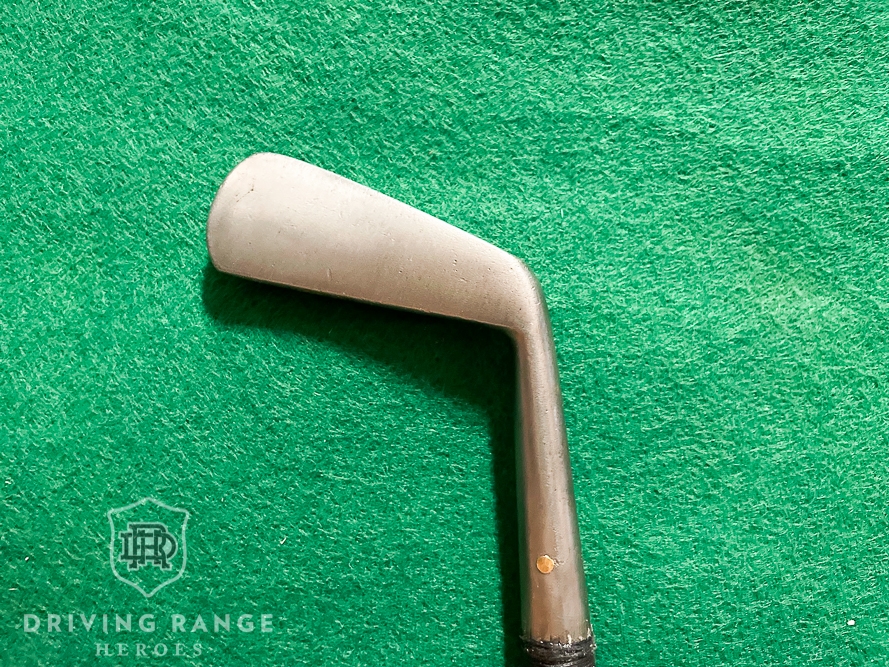
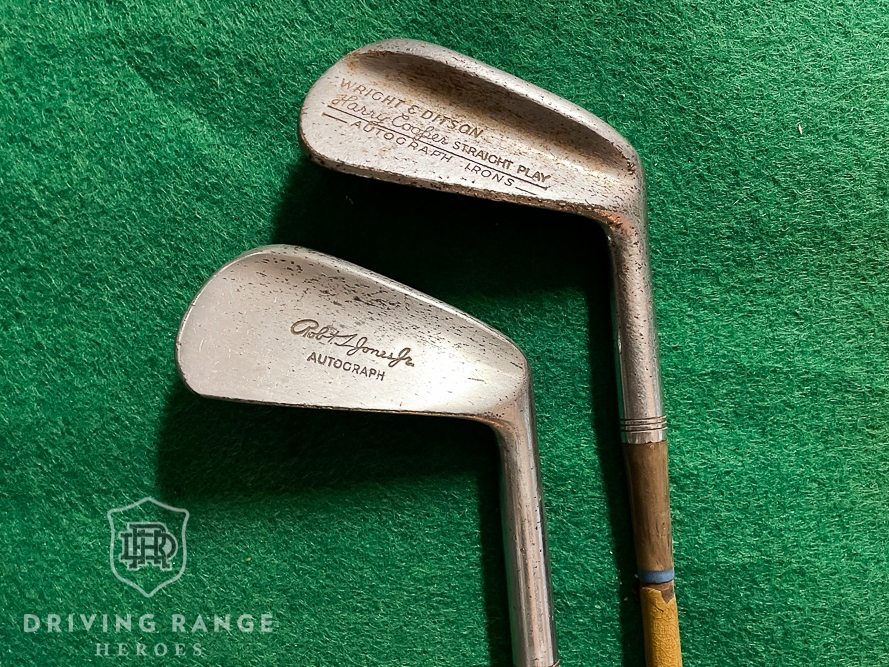
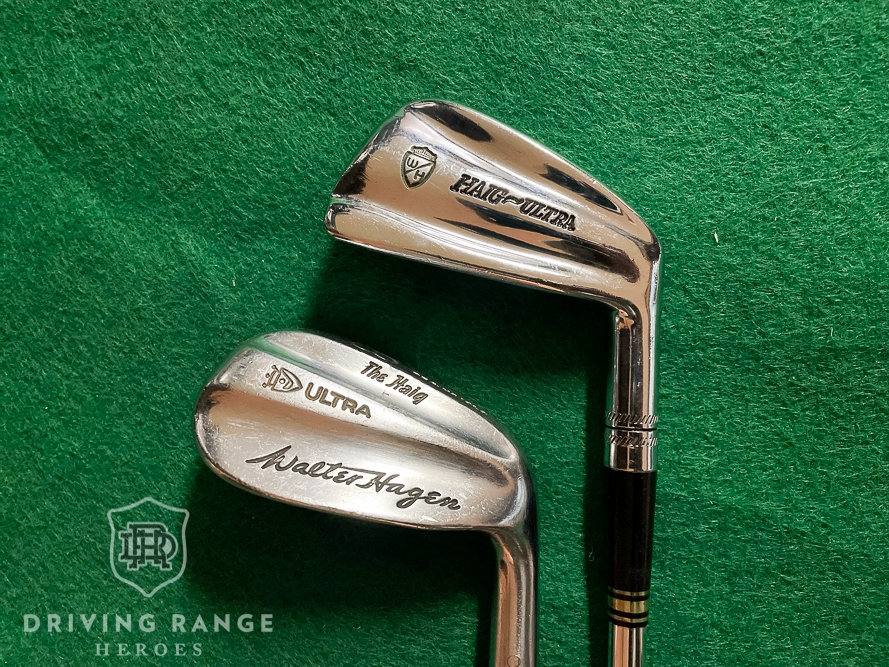
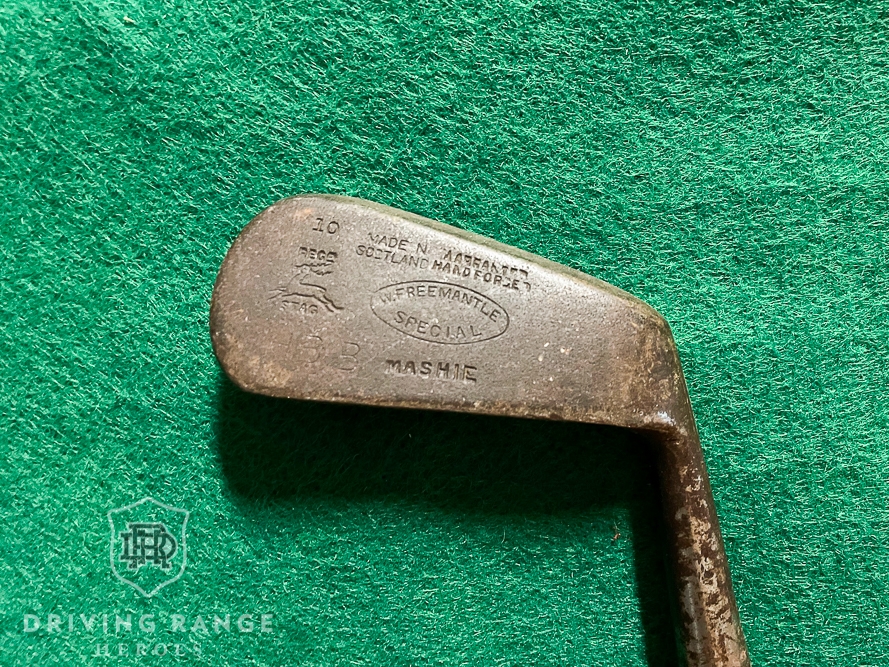
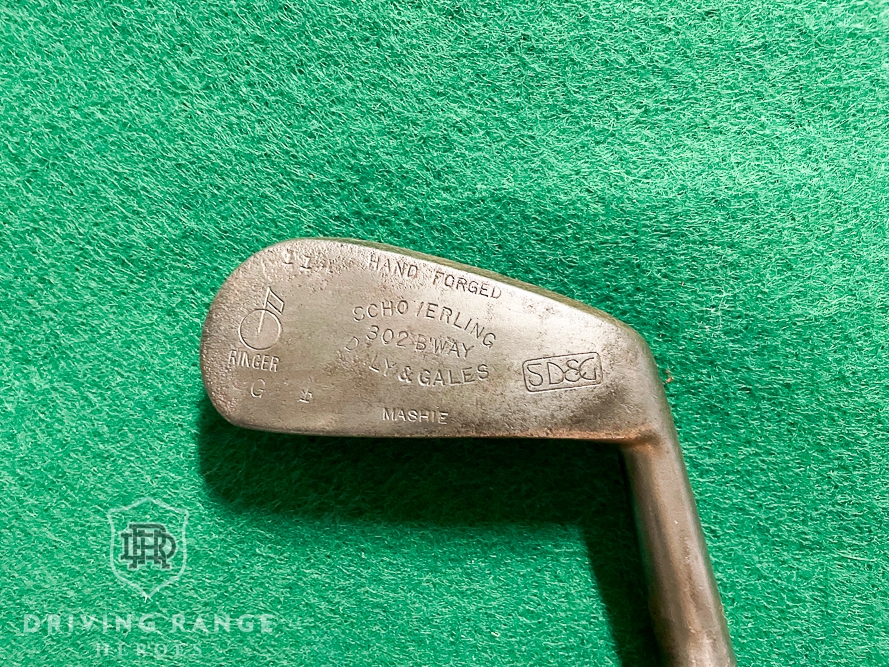
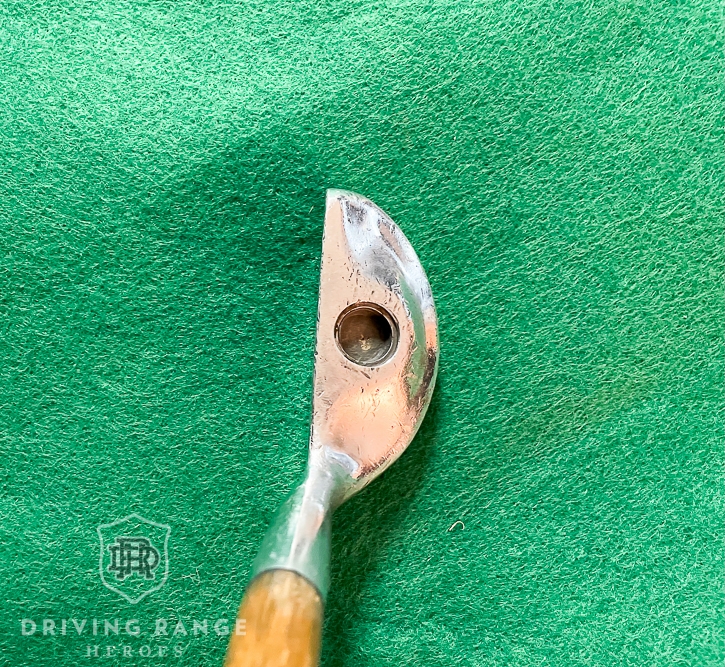

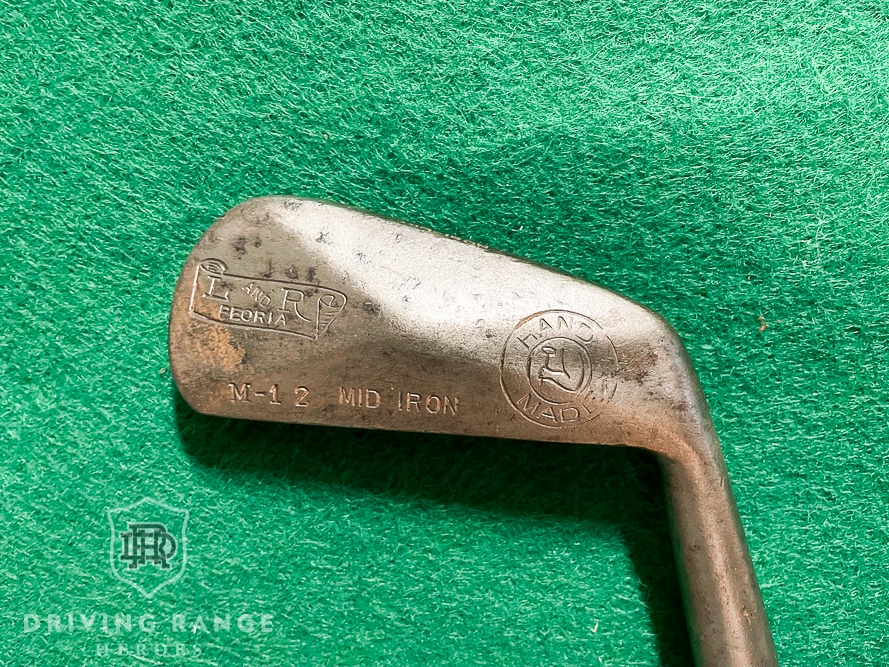
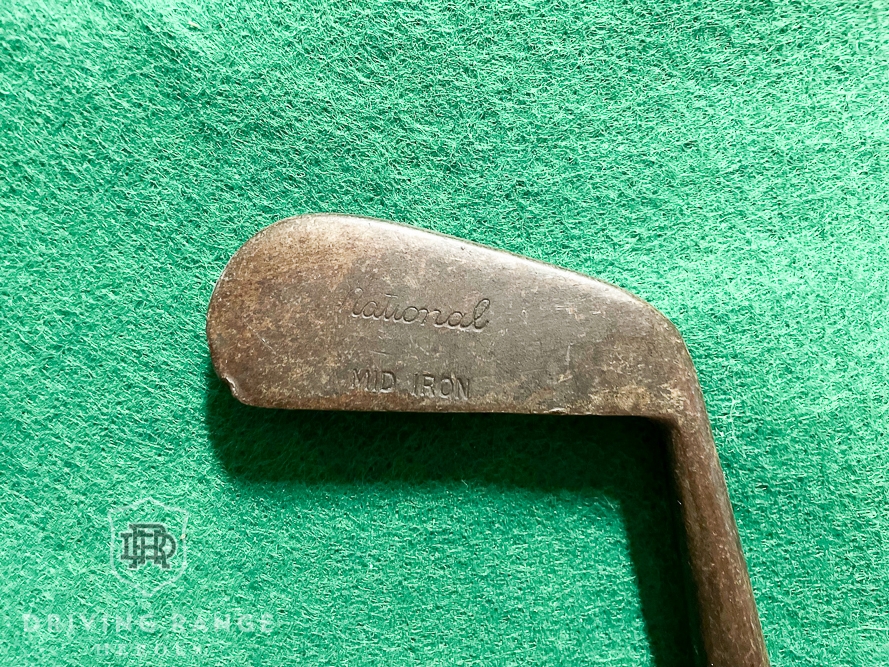
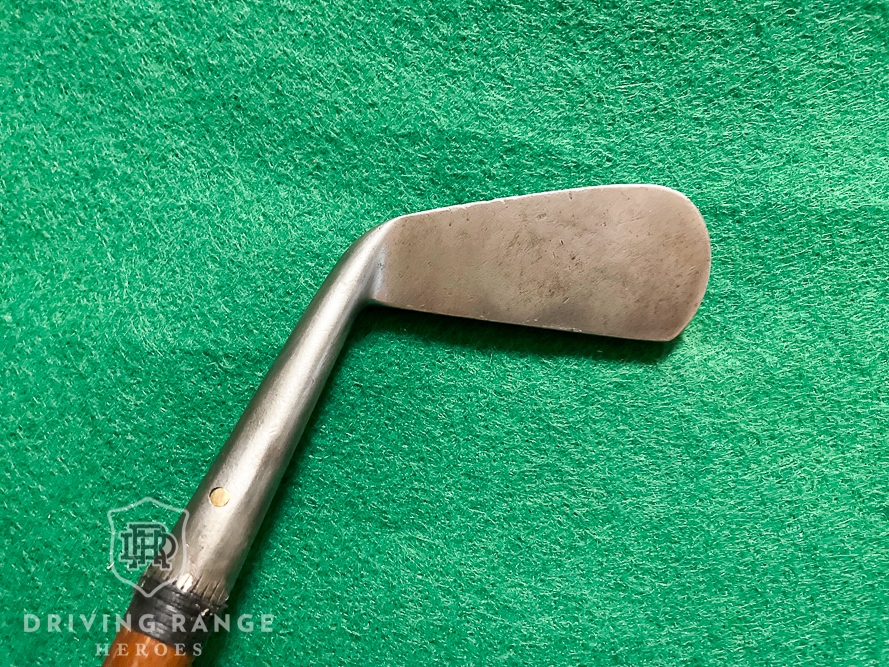


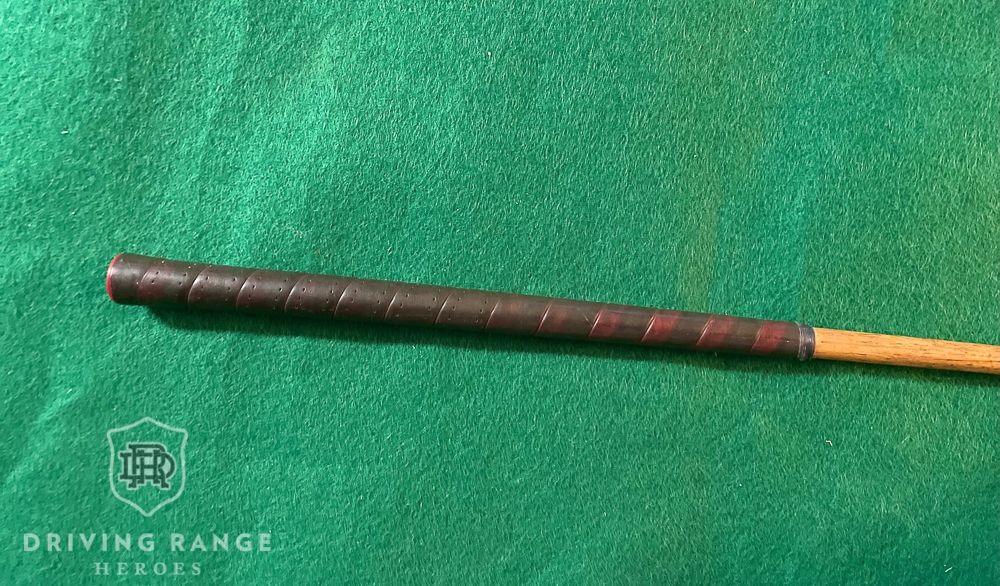
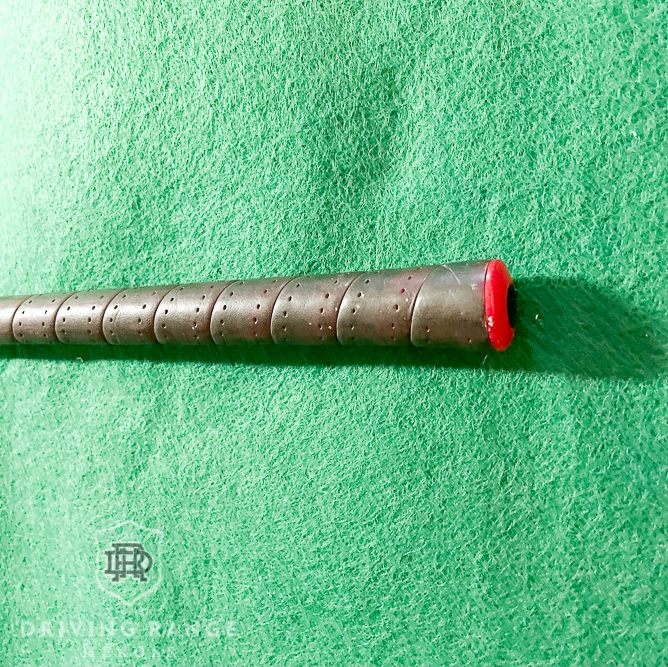


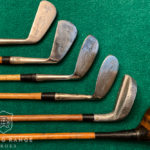
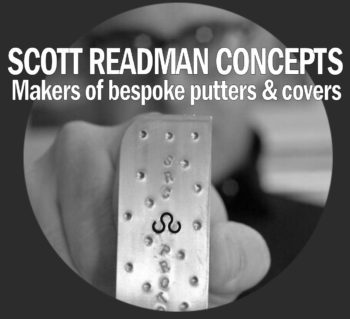











Dear sir.
I think I have a fairly rare of set of Nicklaus Musclebacks…MacGregor Jack Nicklaus Forged Iron Set From His Builders Stock Very Rare (until this morning I couldn’t find them online)… this morning I found what I think is the same club… I’d like to know more about them… as I am planning on “refinishing them.” And sending them back to their rightful home where I was gifted them in 1986 from the owner of the Honors Course in Oootwah, TN (Jack Lupton). Anything you can tell me about them would be appreciated. Respectfully, Colonel Kevin Norton USMC
This commented struck up quite the conversation at DRH. We will be writing a post on the site and will point you to that when it’s done.
Hello, I was hoping you could help me find more information and possibly value of these Macregor clubs, they seem to be hickory and read Lady Clan Dayton O and have a 3 leaf clover stamp on it,the face has round dimples on it
I have my father’s putter which I believe he used from his collegiate days at ETSU where he helped inaugurate the golf program there 75 years ago in 1948 as a student athlete (he also played Center on the basketball team).
I think he used this putter through out his golf playing years. I remember as a small child in the early 1960s caddying for him and him using it up until he discontinued playing after I graduated from college.
I am trying to determine it’s approximate age. It appears to be a steel shaft putter manufactured by Globe it has a name Par Buster stamped on it and the number 10 on the bottom of the blade. Any help determining when it may have been made would be appreciated.
I’m trying to complete my stelleto irons..they have casting numbers ..but I’m having no luck in who made them .in what year.
I really hate to ask this but my wife was given a set of Spalding match play clubs. There as well a bag of different tees. I have been looking on the internet to find out the year that the clubs were made. I see people selling the clubs and state vintage. And we are planning on making a display for the clubs and different tees. Can someone help me on the year. Thank you much.
I have Harold Simpsons personal golf clubs his first 3 clubs that made a half a set and his set of 6 that were made exclusively for him with the help of a hand full of some of the best golf instructors I’n.the filled 9 clubs in all but I am not sure who to take them to in order to get them appraised so far I have had no luck if anyone has any suggestions or ideas or may be of help reach me and see the clubs and the story behind Harold Sampson here https://www.facebook.com/profile.php?id=100087006354587&mibextid=ZbWKwL
Hi, I live in South Australia & was given an old putter to hang in our local clubhouse.
Stamped on the back is;
Made in Scotland.
Guaranteed hand forged.
WISEMAN AUCKLAND Special.
The number, 39.
Rustless.
It also has an arrow stamped on it with brand written under the arrow. (Arrow Brand PUTTER)
It has a wooden shaft, which I presume to be hickory.
Can you help in any way with identifying it’s age please.
I only wish I could show you a photo.
Cheers, Richard.